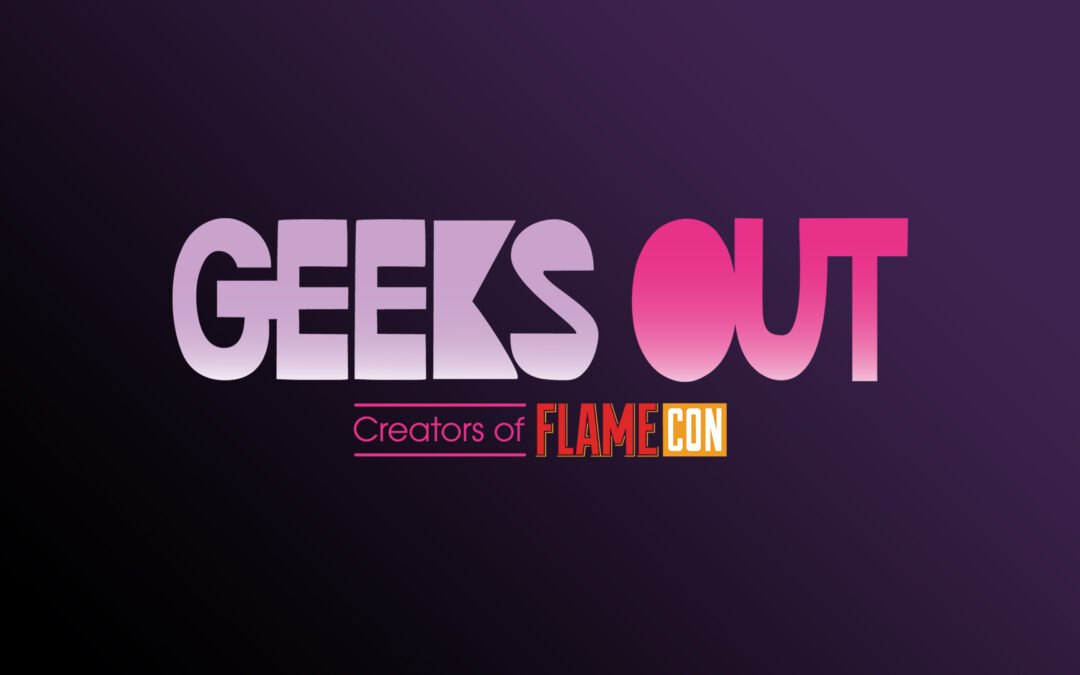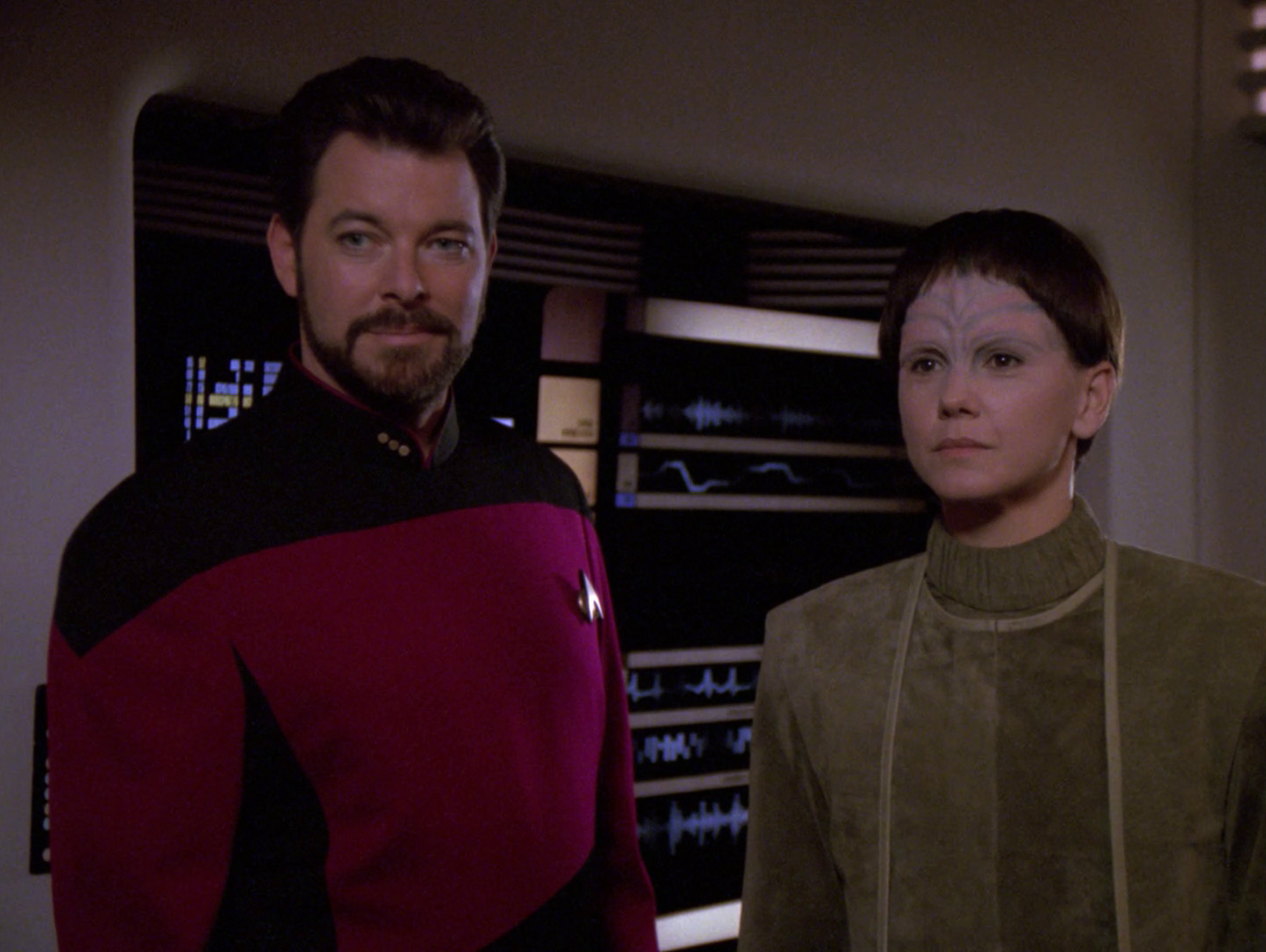
by Geeks OUT | Jun 27, 2016 | Blog
As Pride month draws to a close, I decided to take it upon myself to profile one of the unsung pioneers of gay superherodom. Yes, most of us know Northstar, who came screaming out of the closet in Alpha Flight 106, way back in 1992. But what of the guy standing right...

by Daniel Stalter | Jun 21, 2016 | Blog
From the very beginning, Star Trek has garnered a reputation for being a trailblazer on minority representation. Each of its series has featured a diverse cast and strong female characters that stood out from it’s contemporaries. Whoopi Goldberg is perhaps one...




